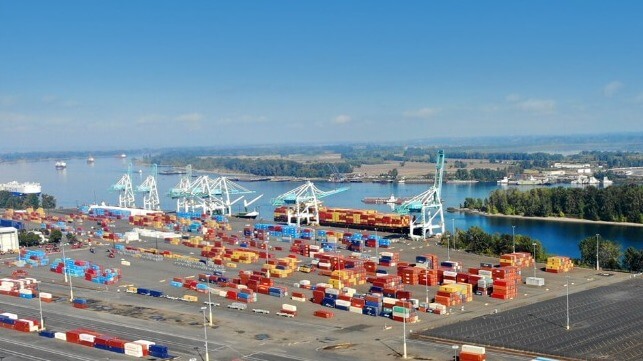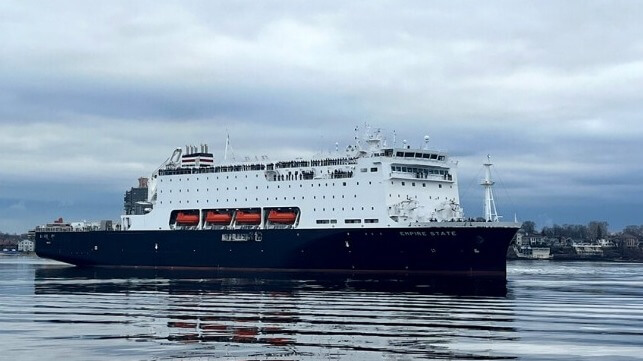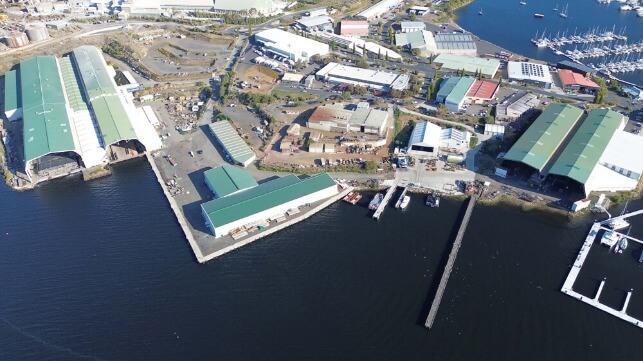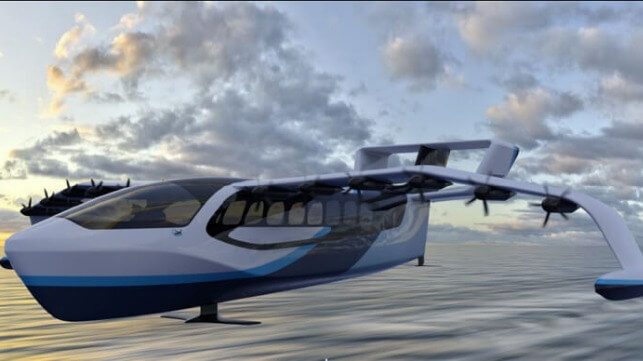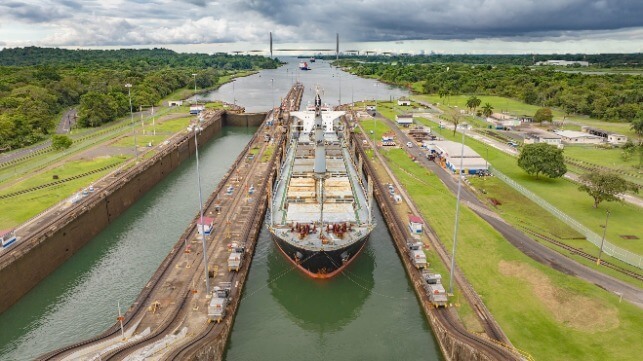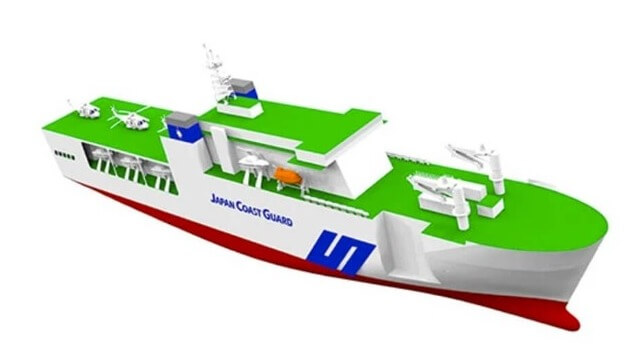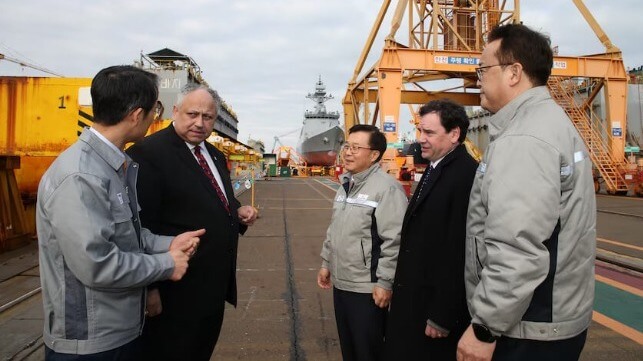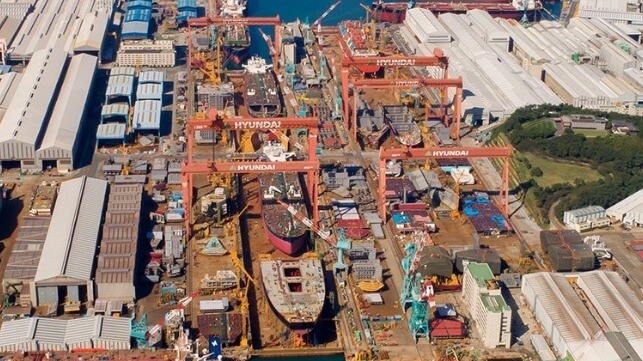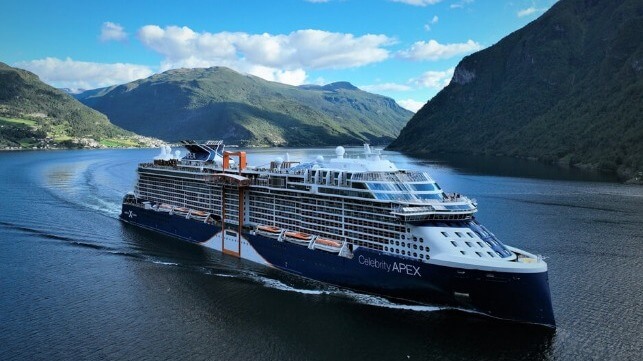Strategic Marine Delivers Two 42m Fast Crew Boats to ADNOC L&S
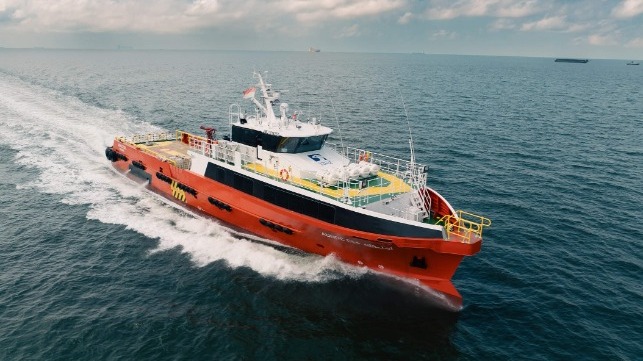
[By: Strategic Marine Group]
Strategic Marine is proud to announce the successful delivery of twoindustry leading 42m Fast Crew Boats (FCBs) to ADNOC L&S, reinforcing our commitment to supporting offshore operations with cutting-edge maritime solutions.
The 42m FCBs, meticulously crafted at Strategic Marine, represent the pinnacle of marine engineering and innovation. Designed to meet the rigorous demands of offshore operations, these vessels offer exceptional and industry leading performance, safety, and reliability. Equipped with advanced technology such as Gyro-stabilisation and hybrid systems for carbon reduction and increased efficiency , they are poised to set new benchmarks in the industry.
Key Features of the 42m FCBs:
- Superior Performance: Optimized hull design for enhanced speed and fuel efficiency.
- Hybrid System: Enable for reducing carbon emissions and increases overall efficiency.
- State-of-the-Art Technology: Advanced navigation and communication systems for precise operations.
- Crew Comfort: Ergonomically designed accommodations for improved comfort and safety.
- Eco-Friendly Initiatives: Incorporation of green technologies to minimize environmental impact.
- Gyro stabiliser: Dramatically reduce vessel rolling motion with gyro stabilizing torque.
- Upgraded HVAC system meeting geographical conditions
- Bespoke aft landing for specific operational requirements
Mr Mohamed Al Ali, Senior Vice President of Offshore Logistics for ADNOC L&S mentioned: “We are excited to receive these two class-leading vessels equipped with new technologies, and would like to thank Strategic Marine for this collaborative effort towards our similar goals of carbon reduction and enhanced operational safety catered for the maritime industry.”
Mr. Chan Eng Yew, CEO of Strategic Marine, commented on the delivery: "We are thrilled to deliver these cutting-edge Fast Crew Boats to ADNOC. These deliveries underscores our dedication to providing innovative solutions that enhance offshore operations."
Strategic Marine remains committed to driving innovation and excellence in maritime construction, supporting the global offshore industry with high-performance vessels.
The products and services herein described in this press release are not endorsed by The Maritime Executive.
